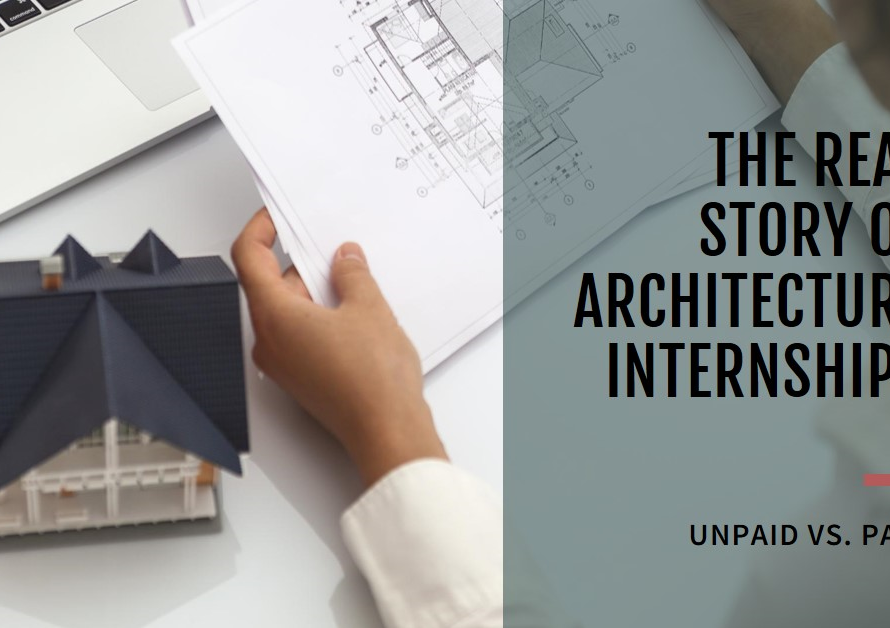
Table of Contents
- Introduction:
- The Foundation of Urban Planning:
- Key Principles of Urban Planning:
- The Role of Zoning Laws:
- Transportation and Infrastructure:
- Green Spaces and Public Parks:
- Affordable Housing and Social Equity:
- Smart Cities and Technological Integration:
- Environmental Sustainability and Resilience:
- The Future of Urban Planning:
- Conclusion:
Introduction:
Urban planning and development are critical aspects of creating sustainable, livable cities. These disciplines involve the meticulous design and organization of urban spaces to meet the needs of their inhabitants. As urban populations continue to swell, the importance of thoughtful urban planning has never been more apparent. This comprehensive exploration will delve into the nuances of urban planning and development, highlighting key principles, challenges, and innovative solutions.
The Foundation of Urban Planning:
Urban planning is the process by which cities are designed and organized. It encompasses everything from zoning laws and land use regulations to transportation systems and public spaces. At its core, urban planning seeks to create functional, efficient, and aesthetically pleasing environments.
To understand urban planning, one must first grasp its historical context. Early examples of urban planning can be traced back to ancient civilizations such as the Indus Valley and Mesopotamia, where cities were laid out with meticulous care. In modern times, urban planning has evolved into a sophisticated discipline that integrates architecture, engineering, and social sciences.
Key Principles of Urban Planning:
Successful urban planning hinges on several fundamental principles. These include sustainability, accessibility, and community engagement. Sustainability ensures that urban development meets present needs without compromising future generations’ ability to do the same. This principle is increasingly vital as cities face challenges like climate change and resource depletion.
Accessibility is another cornerstone of urban planning. Cities must be designed to accommodate all residents, regardless of age, ability, or socioeconomic status. This includes creating pedestrian-friendly streets, accessible public transportation, and inclusive public spaces. Community engagement, meanwhile, involves actively involving residents in the planning process to ensure that developments reflect their needs and aspirations.
The Role of Zoning Laws:
Zoning laws are a critical tool in urban planning. These regulations dictate how land can be used in different parts of a city, separating residential areas from commercial, industrial, and recreational zones. Zoning helps prevent conflicts between incompatible land uses, such as factories and homes, ensuring a more harmonious urban environment.
However, zoning laws can also be contentious. Critics argue that overly restrictive zoning can stifle economic growth and perpetuate social inequalities. For example, exclusionary zoning practices have historically been used to segregate communities by race and income. Modern urban planners are increasingly advocating for more flexible and inclusive zoning policies that promote mixed-use development and affordable housing.
Transportation and Infrastructure:
Efficient transportation and robust infrastructure are the lifeblood of any city. Urban planners must design transportation systems that facilitate easy movement of people and goods while minimizing environmental impact. This includes developing extensive public transit networks, cycling paths, and pedestrian walkways.
Infrastructure extends beyond transportation. It encompasses water supply, sewage systems, electricity grids, and telecommunications. Planners must ensure that these critical services are reliable, resilient, and capable of meeting the demands of a growing urban population. As cities expand, the challenge lies in upgrading aging infrastructure and integrating smart technologies to improve efficiency and sustainability.
Green Spaces and Public Parks:
Green spaces and public parks are essential components of urban planning. They provide residents with places to relax, exercise, and socialize, contributing to their physical and mental well-being. Additionally, green spaces play a crucial role in urban ecosystems, offering habitats for wildlife and helping to mitigate pollution and heat island effects.
Designing and maintaining urban green spaces requires careful planning. Planners must balance the need for recreational areas with the preservation of natural landscapes. Innovative approaches, such as creating rooftop gardens and vertical forests, are being explored to increase green space in densely populated cities. Community involvement is also crucial, ensuring that parks and recreational areas meet the needs of local residents.
Affordable Housing and Social Equity:
Affordable housing is a pressing issue in urban planning. As property values soar in many cities, low- and middle-income residents often find themselves priced out of the housing market. Planners must develop strategies to ensure that housing remains accessible to all socioeconomic groups.
Social equity in urban planning goes beyond housing. It involves creating inclusive public spaces, ensuring equitable access to services and amenities, and addressing systemic inequalities that affect marginalized communities. Planners must work with a diverse range of stakeholders to develop policies that promote social justice and enhance the quality of life for all city residents.


Smart Cities and Technological Integration:
The concept of smart cities is revolutionizing urban planning. Smart cities leverage technology to improve the efficiency of urban systems and enhance the quality of life for residents. This includes using sensors and data analytics to optimize traffic flow, manage energy consumption, and monitor environmental conditions.
Technological integration in urban planning also involves developing digital infrastructure, such as high-speed internet and smart grids. Planners must ensure that these technologies are accessible to all residents and that they are implemented in ways that protect privacy and security. The challenge lies in balancing technological innovation with the need for human-centered design and community engagement.
Environmental Sustainability and Resilience:
Environmental sustainability is a paramount concern in urban planning. Cities must adopt practices that reduce their environmental footprint and enhance their resilience to climate change. This includes promoting energy-efficient buildings, sustainable transportation, and green infrastructure.
Resilience planning involves preparing cities to withstand and recover from environmental shocks, such as natural disasters and extreme weather events. Planners must develop strategies to mitigate risks and ensure that critical services remain operational during crises. This includes creating comprehensive emergency response plans and investing in resilient infrastructure.
The Future of Urban Planning:
The future of urban planning is shaped by emerging trends and challenges. As cities become more interconnected and complex, planners must adopt innovative approaches to address issues such as population growth, climate change, and technological advancement. Collaborative and interdisciplinary planning processes will be essential to creating sustainable, livable cities.
Urban planning is an ever-evolving field that requires a balance of visionary thinking and practical solutions. By embracing principles of sustainability, accessibility, and social equity, planners can create cities that are not only functional and efficient but also vibrant and inclusive. As we look to the future, the role of urban planning in shaping the cities of tomorrow cannot be overstated.
Conclusion:
In conclusion, urban planning and development are vital to the creation of cities that are both livable and sustainable. By understanding the key principles, addressing challenges, and embracing innovative solutions, urban planners can design cities that meet the needs of their residents today and in the future. The ongoing evolution of urban planning will continue to play a crucial role in shaping the world we live in, making it more important than ever to engage with and support this essential discipline.



